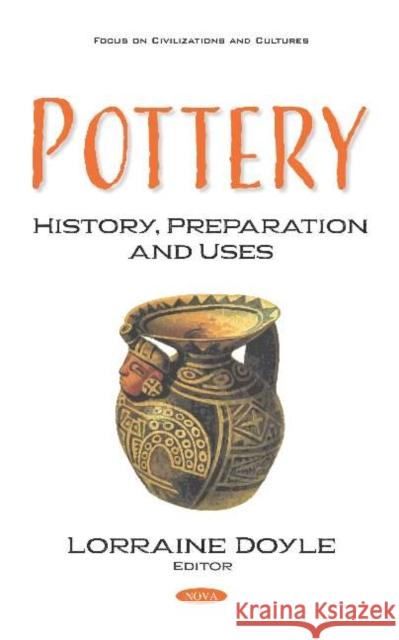Pottery: History, Preparation and Uses » książka
Pottery: History, Preparation and Uses
ISBN-13: 9781536159554
Pottery: History, Preparation and Uses opens with a discussion of silicates, the most abundant minerals on the Earths crust. Clays (which are silicates) were used by ancient people for making pottery, bricks, and tablets for writing. The authors propose that by using a methodology borrowed from educational psychology, both the motor skills and cognitive development of various individuals may be evaluated through the analysis of brush strokes, decorative syntax, vessel symmetry, and finger marks. In this way, it is possible to determine to what extent children were involved in producing pottery in the Middle and Late Bronze Ages on Cyprus. Additionally, the authors report on the 3D shape measurement and microtopographic characterization of archeological pottery artifacts by optical active triangulation. The MICROTOP.06.MFC laser microtopographer developed at the Microtopography Laboratory of the University of Minho, Portugal, is be employed to determine the statistical surface-characterization parameters and obtain 3D relief maps of the surface and different structures of archeological pottery. In closing, an analysis of the functionality of 1,133 complete Iberian vessels dated from the 6th century BC until 1st century AD is provided. This analysis is carried out not only synchronically, differentiated by settlements, but also in a diachronic way.











